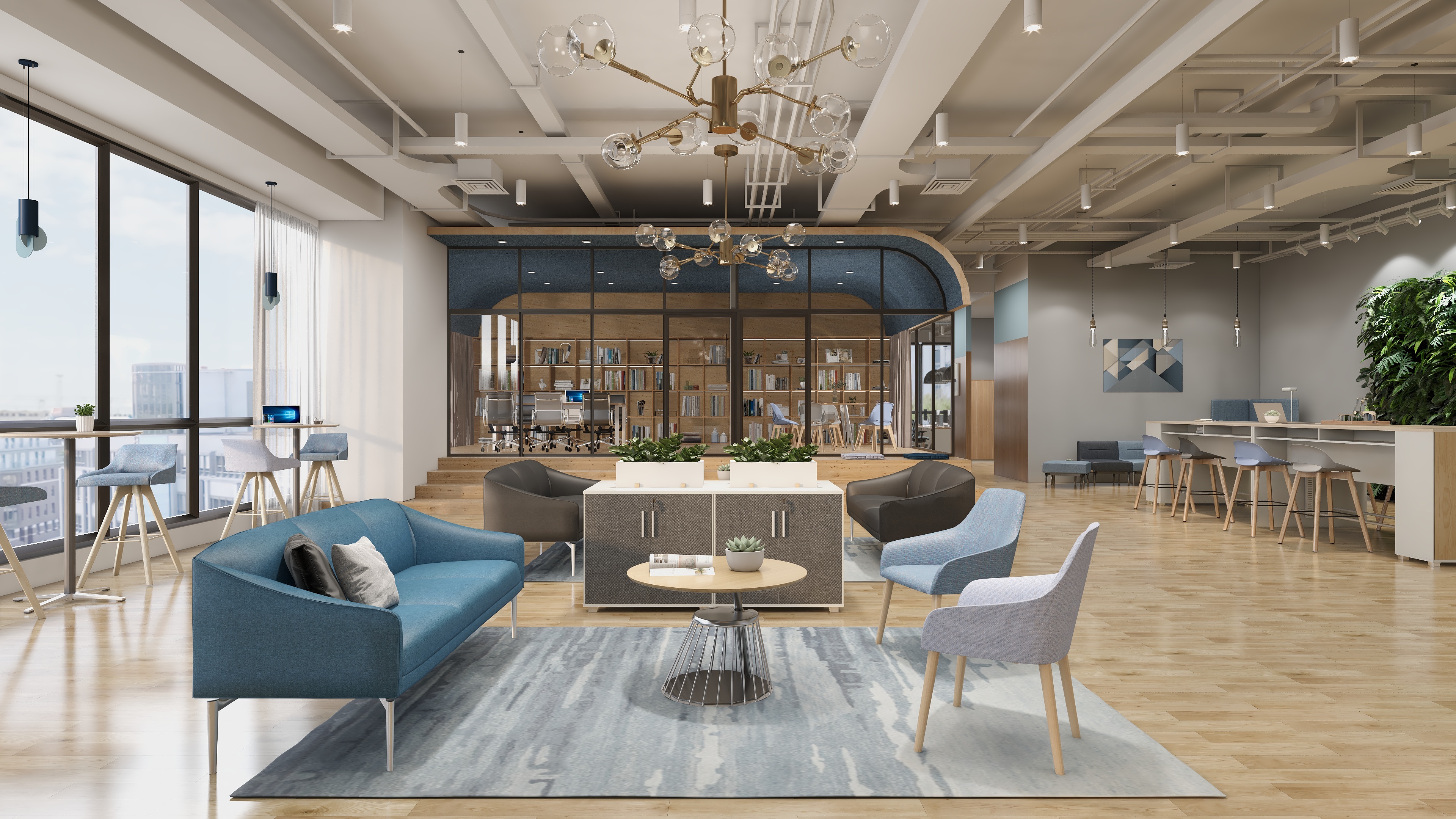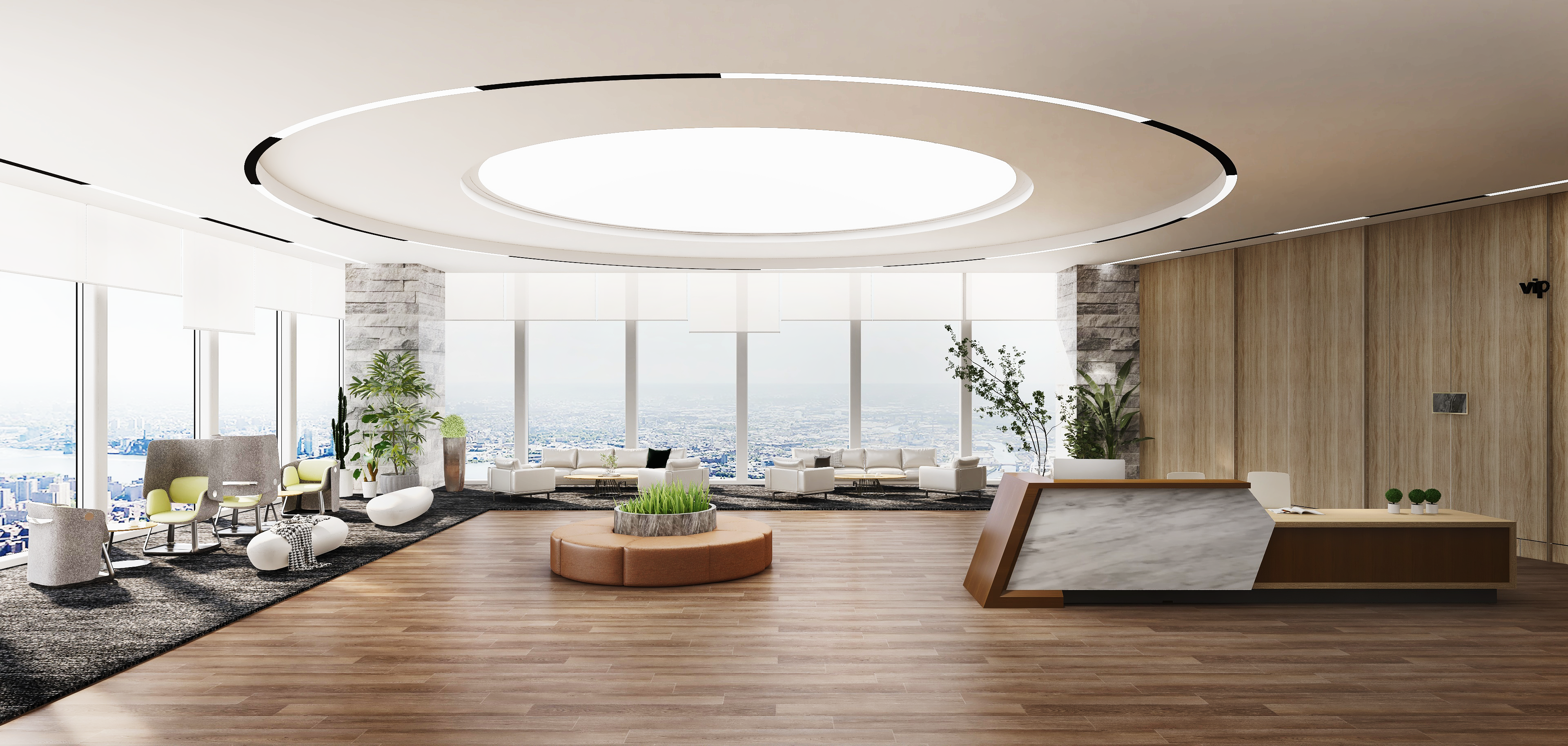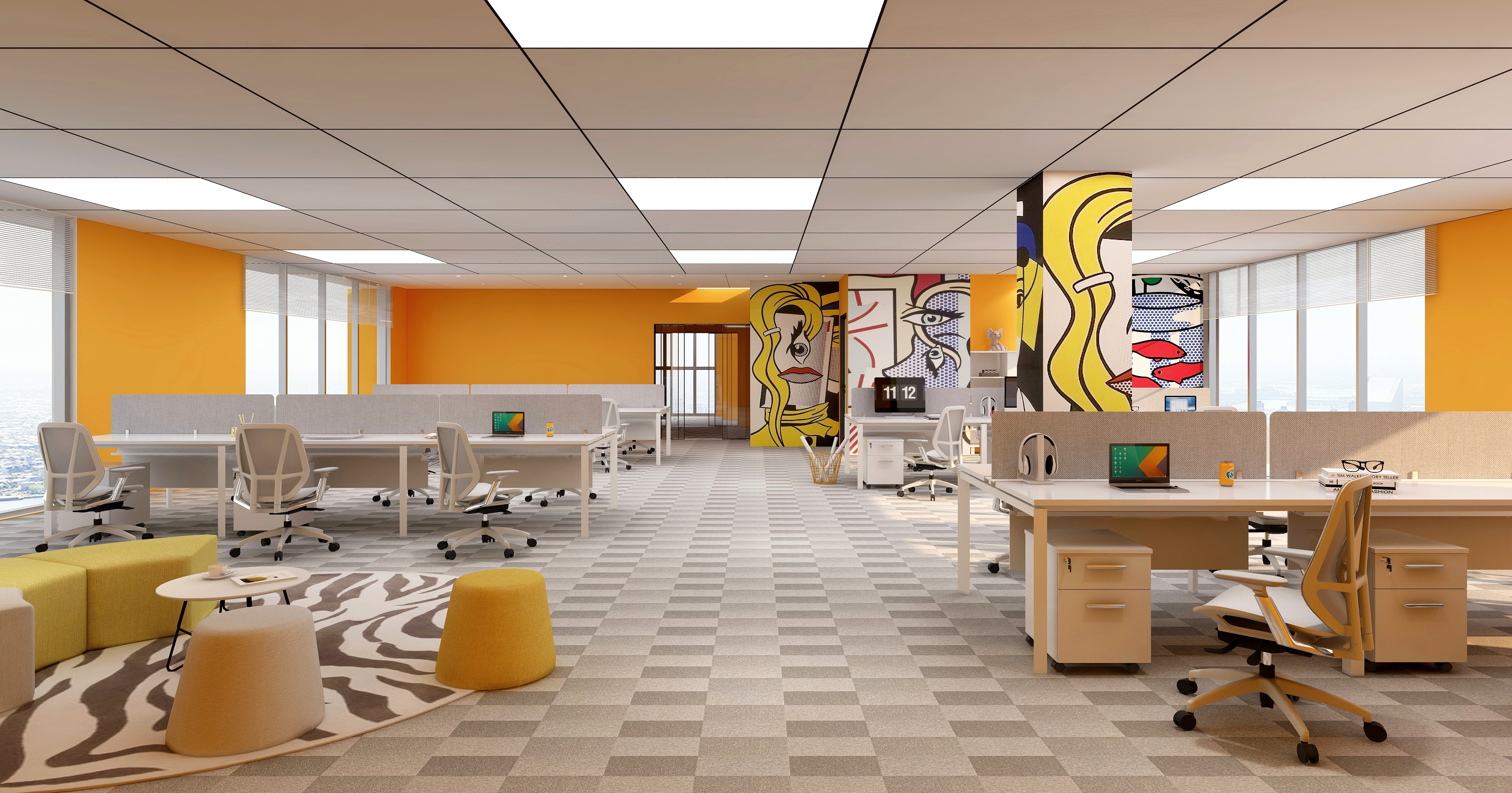
Traditionally, offices have been designed more for productivity and functionality, and less about employee experience and comfort. However, the office is no longer the default place of work anymore. With remote work and hybrid working becoming the new norm, the office needs to be more than a place of work, for people to feel the need and desire to come and spend their time.
Think about a store that you loved. The space that impressed you; the connection with the brand; the communication through design and people; all stem from the idea of retail design strategies to connect with the customer in a personalized manner. Today’s offices can draw inspiration directly from the world of retail — where brand connect, strong messaging, and people’s experiences are key.

What workplaces can learn from retail design?
There is a need for a new approach to design, and create spaces that support employees and encourage employees to return. Retail design ideas can help offices to reinvent and be a hub for culture, brand ethos, and human connections. Here’s how retail design is inspiring the future office:
Understanding local culture and values
Offices need to be designed for people; there is a need to understand what they think and what they feel. Retailers understand that people from different regions have unique cultures and they strive to understand strive the cultural values and make sure their brand messaging and actions reflect the same values of their intended target customer. Instead of a cookie-cutter space, they create meaningful and purposeful spaces that are specific for the people of the region.
For an office in a particular city, the target groups are employees and visitors. Office Designers will need to translate their cultural values to ensure the design reflects the same values through the workplace experiences.
First impressions
In retail, first impressions matter a lot. How customers feel when they enter the store influences them on an emotional level. Retail design layouts are created in such a way that the staff being is always available and seen at entrance points, making customers feel immediately welcomed and the first impression of the design and décor feels inviting.
The first experience of potential employees and visitors is just as important in workplaces too. The way a brand greets both visitors and employees can say a lot about the company. The lobby and reception area can create a powerful statement immediately connecting with the brand values, and setting the tone for a positive work experience.

Engaging experience
Retailers focus on creating happy and engaging experiences for the customers. While a customer journey should result in a purchase, one of the important goals is to create a lasting impression for brand loyalty and future relationships. Customer delight makes a brand memorable and helps in the word-of-mouth publicity to potential buyers.
Workplaces also can use the same tactics to create an engaging work experience for the employees. Tools such as video conferencing, interactive whiteboards, digital monitors, voice integration, and facial recognition devices, can create a seamless experience for employees. With remote work being successful, offices need to provide something more than homes can’t. Businesses will also create customized platforms based on their needs and goals, to collect data and evaluate employees’ experiences and productivity.
Reflecting company culture
Retail brands strive to reflect their values and culture in their physical space to differentiate themselves from competitors. In retail, how the staff behaves with customers and educating them how to utilize the space and products, happens every step of the way. You can tell what a brand stands for and what is their culture, by experiencing their retail space and how they work.
Similarly, a workplace experience can tell a lot about the company culture. Whether it is formal, traditional, and high-end or relaxed, creative, and friendly. Creating an office layout and using décor that incorporates a company’s culture can make employees feel more inspired while attracting top-tier talent. Also, if you are talking about progress and innovation, it’s hard to impress a client with a dull cubicle-lined workplace.
Brand inspired spaces
Retail design is all about branding. A good retail store design reinforces the missions and vision of the brand among customers through authentic messaging and brand iconography. Retail brands are learning to use their digital presence to reinforce their physical brand spaces. Strong Branding needs continuity and a seamless transition across all mediums.
Brand stories can and should influence office design too. Different finishes, colors, and materials evoke different feelings and brand colors and symbols can reinforce a company’s message throughout the office. Using strategic furniture creates a different vibe between the rooms, but still unites the whole with a cohesive theme.
Office Design inspired by the brand can tell an authentic story while making the office environment more visually interesting.

Journey mapping
While designing a store layout, retail brands analyse the customer’s journey in the space…literally. What will they see first, how will they navigate the space and products placement and ‘happy places’ are created strategically based on the customer’s choices.
Journey mapping is a tool to understand the typical customer experiences and visualize the many dimensions and factors involved. Designers can use the same methodology to evoke desires experiences and emotions.
Analysing the journey of employees through the office space will help design the layout, amenity, and space recommendations. Brand messaging is most impactful in inspiring spaces and high volume areas, on the way to employees’ workspaces. ‘Happy spaces’ can be created by incorporating engaging spaces such as cafes, wellness spaces, lounges, and soft workspaces that promote diverse activities and employee comfort. Biophilic design and a sensory-driven experience can be powerful design strategies to create a happy workplace.